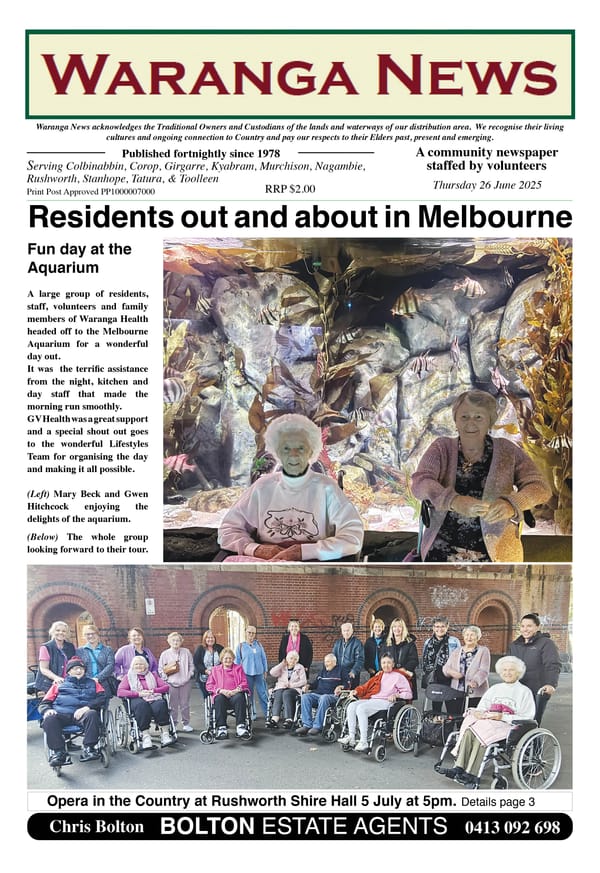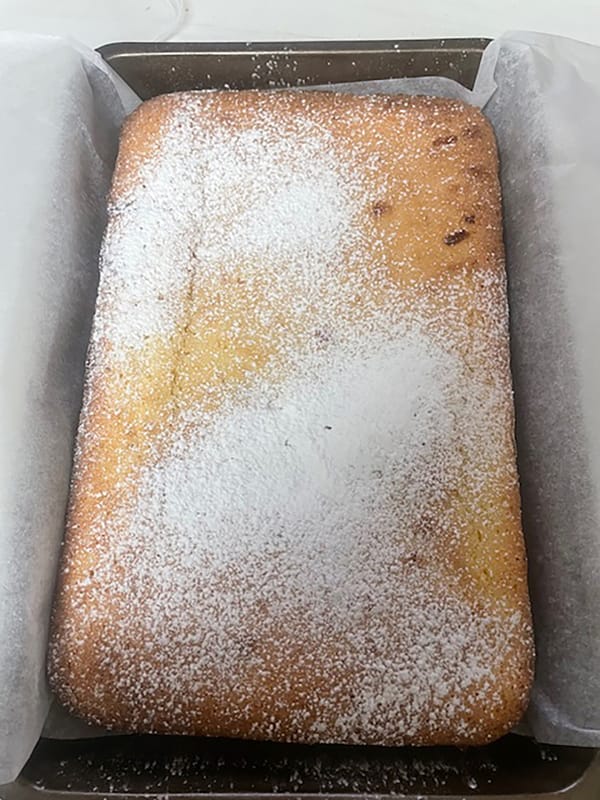31. Local kinship connections

Mentioned in the previous story, Tattambo (often referred to by Europeans as King Charles) was apparently born into a clan of the Ngurai-illum Wurrung people called the Gunung Willam, whose home country was on the Campaspe River south of Elmore.1 The names of his parents are unknown.
Like his father and any siblings, he was in the “Waa” or crow moiety. As such, one of his cultural duties was to conserve and protect the crow. His mother would have been from another clan, and if she was from one of the groups of Aboriginal people in the Kulin nation, she would have been from a “Bunjil”, or wedge-tailed eagle, clan and moiety.
FAMILY
We do not know much about Tattambo’s possible siblings, apart from a brief reference to a sister, who was called “Sarah” by the Europeans. In 1874, a Mr Green, superintendent of the Coranderrk Aboriginal reserve, near present-day Healesville, was trying to encourage any remaining Aboriginal people living around Murchison to transfer to the reserve. Noted as a sister of Tattambo, Sarah “could not be prevailed upon to quit the haunts of her life with all their associations. She alone remains, like an old tree in a clearing, gnarled somewhat, but sturdy and strong.”2
Tattambo married twice. The name of his first wife is unknown but they had a son, known by the Europeans as “Captain John”. His second wife was known as “Queen Mary”. These two people are buried with Tattambo in the Murchison cemetery. “Queen Mary” and Tattambo had one child, commonly known as “Jenny”. There will be stories about these members of Tattambo’s family in later Waranga Dreaming articles.
Descendants of this line of the family are proud and strong Ngurai-illum Wurrung people. In particular, the writer would like to acknowledge Ngurai-illum Wurrung Elder, Uncle Vincent Peters, a regular visitor to the Waranga area. Uncle Vin is an invaluable contributor to these stories.
MULTI-LINGUAL
Kinship connections meant that Tattambo would have been multi-lingual. His native tongue was the Ngurai-illum Wurrung language. Connections with the other people in the Kulin nation (which comprised at least five other similar languages), meant that he would have been able to communicate with people from all of those language groups.
The languages spoken by near neighbours, the Bangerang and Yorta Yorta (to their north) and the Barapa Barapa (west of the Campaspe River), were quite different to those spoken by members of the Kulin nation. There would have been a necessity to learn the basics of those languages to facilitate communication.
Thirty years of contact with Europeans before his death in 1868 would also have given Tattambo a good working knowledge of English.
INITIATION
When Tattambo was growing up, well before the impact of European colonisation, he would have been taken through his initiations by an Elder, known in some Kulin clans as a Caganguk. A Caganguk was a mentor, knowledgeable in the stories and culture of his people, who would work with a group of boys, imparting knowledge and preparing them for their initiations.
Photos of Tattambo indicate that he had cicatrices on his body (as did his second wife Mary), some of which he may have received at initiation. Cicatrices are scar tissue that forms from wounds. The cicatrices on Tattambo’s body were from wounds deliberately inflicted on the upper body. The wounds were kept open until the scar tissue formed, resulting in the familiar raised scars. These scars were a form of decoration, also telling stories of their owner.3
BURIAL
When Tattambo was buried in Murchison cemetery, it was apparently at his own request. As a mark of respect from the local community, the grave was “fenced in by a beautiful piece of iron railing, the workmanship, we believe, of Mr Barratt. It is faced by the brass plate the old king wore round his neck…”4 Estimates of his age at the time ranged between 70 and 80 years.
References: 1 Barwick, Diane, Mapping the Past: At Atlas of Victorian Clans 1835-1904; 2 Waranga Chronicle 12.11.1874; 3 Woiwod, Mick, The Last Cry (Tarcoola Press 1997); 4 Waranga Chronicle 29.10.1874



